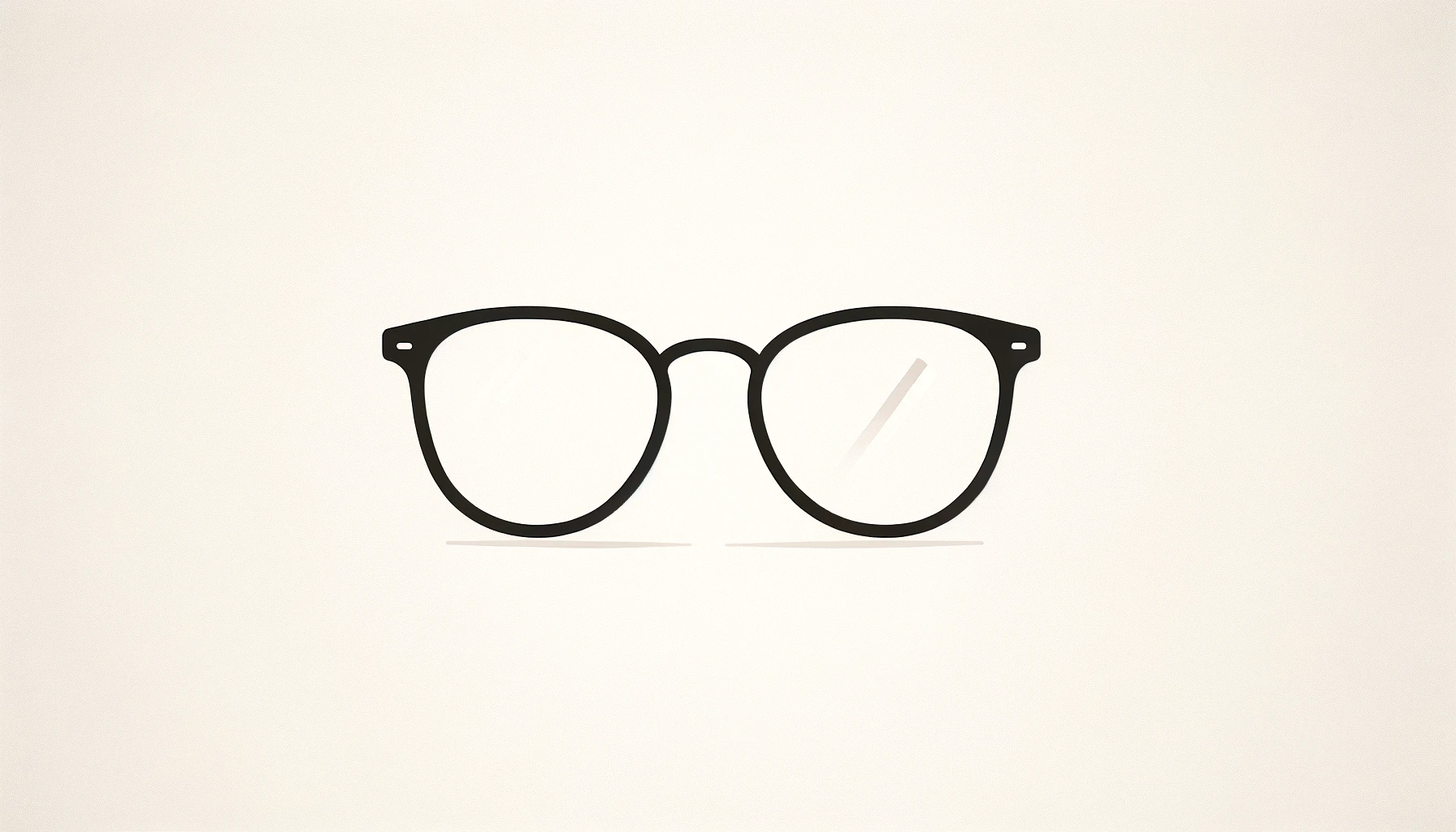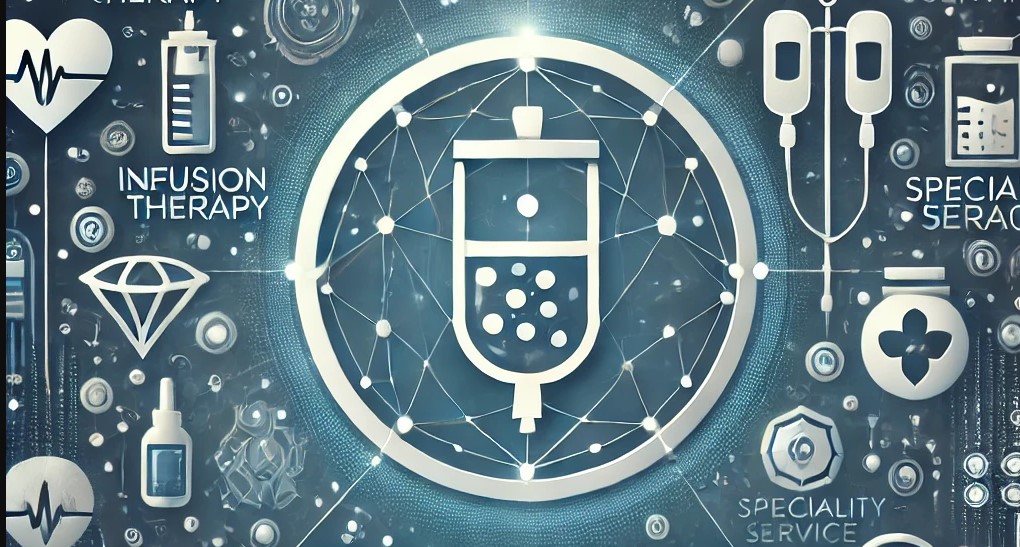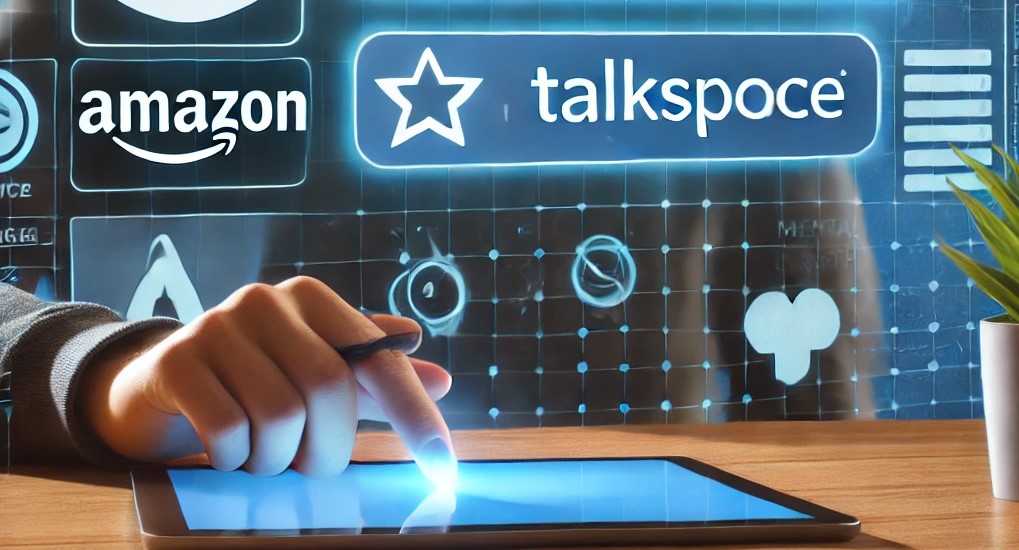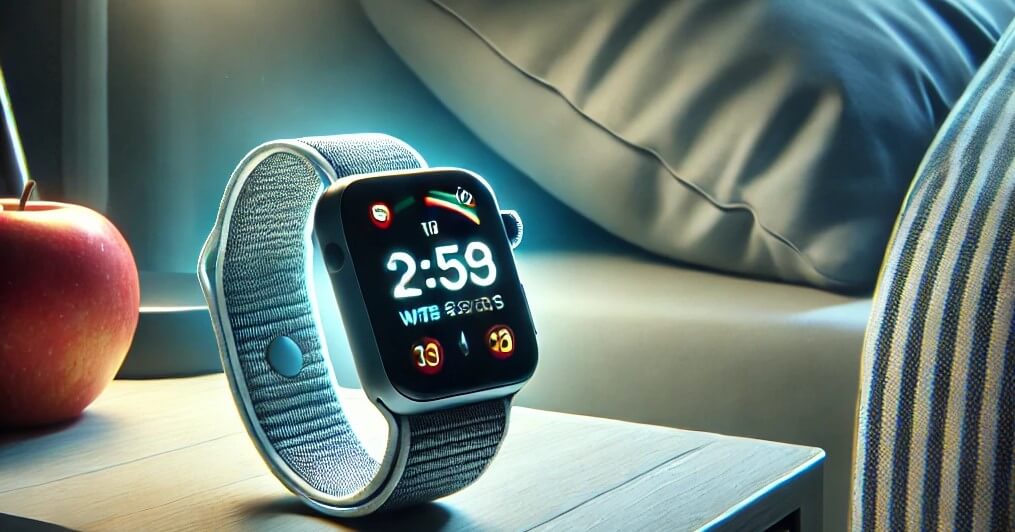In a significant development for the optical industry, Boston-based startup Eyebot has raised $6 million in a seed funding round. The company aims to transform the eye care landscape with AI-powered kiosks that provide 90-second eye exams without the need for an optometrist. This innovation comes at a crucial time, addressing a critical shortage of eye care practitioners across the United States.

Addressing the Eye Care Crisis
Over half of Americans wear corrective glasses or contact lenses, but obtaining these requires a current prescription from an optometrist. Due to a nationwide shortage of eye care practitioners, securing an appointment can take weeks, particularly in rural areas. Eyebot’s solution promises to bridge this gap by offering a quick, convenient, and affordable way to get an eye exam and prescription.
Starting in October, Eyebot will deploy its self-service vision-testing kiosks in shopping centers, grocery stores, and pharmacies throughout New England. These five-foot-tall kiosks utilize advanced computer vision technology to scan users’ eyes and extract their eyeglass or contact lens prescription within 90 seconds.
How Eyebot Works
Eyebot’s technology allows users to simply stand in front of the kiosk and press a button. The system automatically performs the eye exam, providing a seamless experience. Eyebot’s founder and CEO, Matthias Hofmann, who previously developed similar technology at EyeNetra, emphasizes the user-friendly nature of the kiosks. “Our technology now allows people to simply stand in front of our units,” Hofmann said.
Prescriptions generated by Eyebot are reviewed and finalized by teledoctors within 24 hours. Consumers pay $30 for the exam unless they purchase glasses from one of Eyebot’s partner brands, in which case the exam is free. Eyebot’s technology is registered with the FDA, ensuring its reliability and accuracy.
Strategic Partnerships and Business Model
Eyebot plans to collaborate with major eyeglass brands to place their terminals in retail locations of their choice. Once a shopper completes their exam, they can immediately purchase eyeglasses from the brand directly via the kiosk’s touchscreen or through their smartphone. Eyebot’s revenue model involves partnering with these eyewear brands and taking a commission on each sale.
“Retailers are looking for new channels to reach customers,” Hofmann explained. “Now they have an opportunity to show their brand in CVS, Walgreens, Stop and Shop, Kroger, and on college campuses.”
Eyebot is currently finalizing partnerships with several large eyeglass and contact lens merchants, signaling a high demand for their innovative solution. The company also announced that the seed funding round was led by AlleyCorp and Ubiquity Ventures, with additional participation from Susa Ventures, Village Global, Baukunst, Ravelin, and Spacecadet.
Implications for the Optical Industry
From my perspective, Eyebot’s approach could significantly disrupt the traditional eye care industry. By providing a fast, affordable, and convenient alternative to traditional eye exams, Eyebot addresses a critical need in the market.
However, there are potential drawbacks. The reliance on technology and remote verification by teledoctors might raise concerns about the accuracy and comprehensiveness of the exams. Traditional optometrists also perform a variety of other eye health checks that Eyebot’s kiosks might not cover.
On the positive side, Eyebot’s innovation could greatly enhance accessibility to eye care, particularly in underserved areas. The convenience of obtaining a prescription in just 90 seconds without scheduling an appointment is a game-changer. Moreover, the integration with eyewear brands offers a seamless customer experience, potentially driving higher sales for these brands.
Looking Ahead
Eyebot’s successful funding round and strategic partnerships indicate a promising future. As the company expands its footprint and refines its technology, it could set a new standard in the optical industry. With the demand for convenient and accessible eye care solutions on the rise, Eyebot is well-positioned to lead this transformation. The next few months will be critical as the company rolls out its kiosks and secures more partnerships, potentially reshaping how millions of Americans access eye care.






